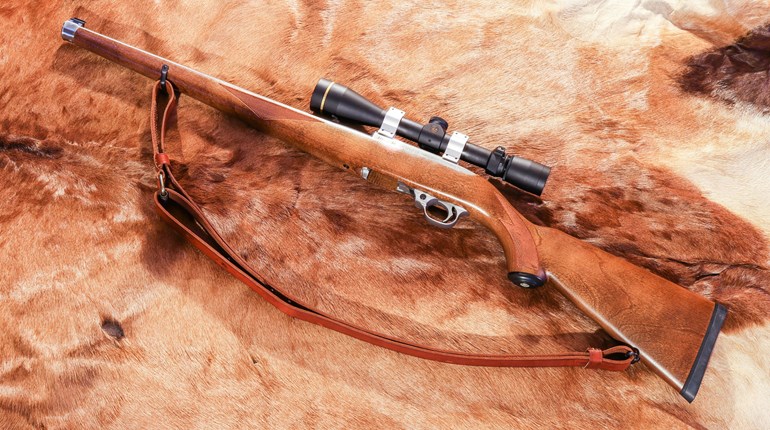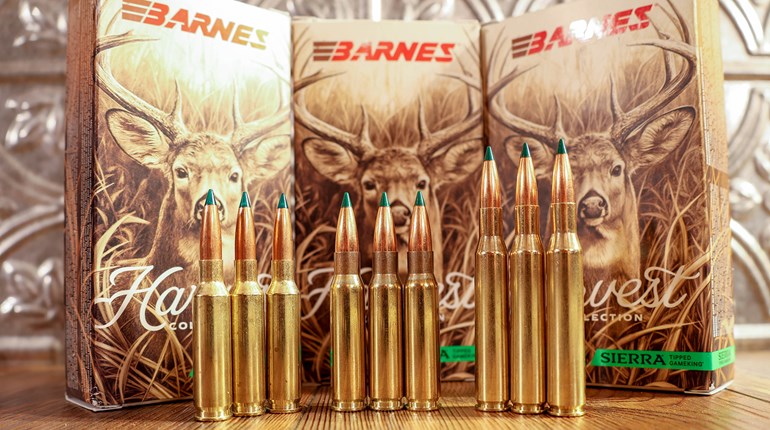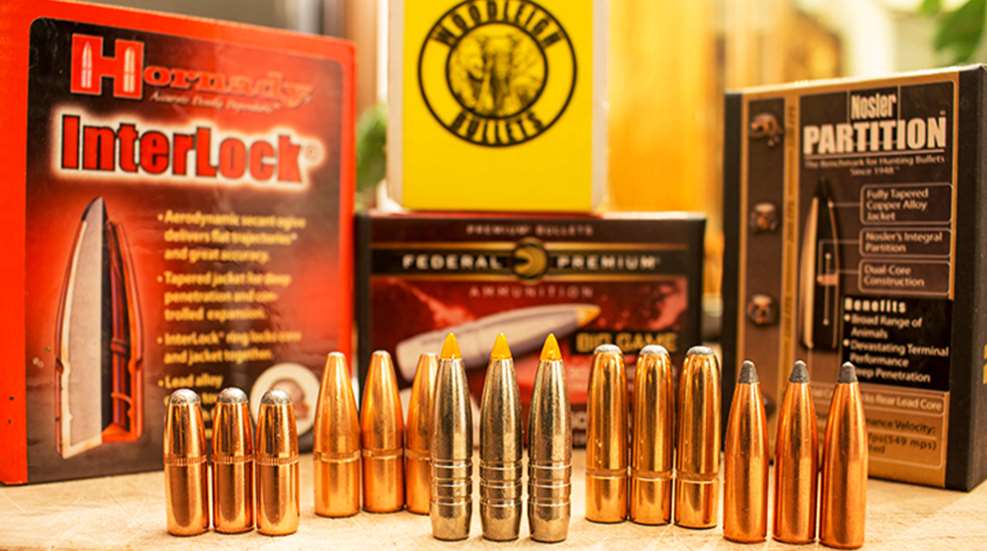
The pair of zebra stallions were feeding in a small depression, ringed with just enough brush to prevent the possibility of taking the shot, and managed to assume every position other than broadside. For a solid 10 minutes we watched them, and when the larger and more vibrant of the pair came clear at a bit over 110 yards, one 250-grain Woodleigh Weldcore round-nose bullet from my .318 Westley Richards put him down quickly. My buddy Doug King was on camera for that safari, and upon playback, we could see the stallion shudder when that round-nose hit him on the shoulder; the effect of the impact was immediately visible.
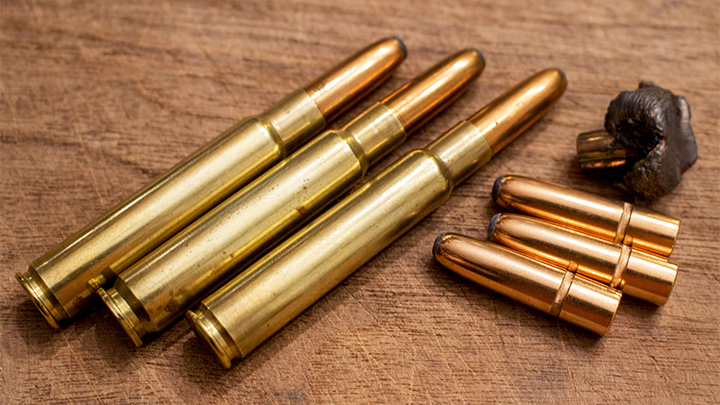
There is no denying that our modern bullets are nothing short of amazing; we are living, most assuredly, in the Golden Age of projectiles. We have monometal expanding bullets, we have bullets with the lead core chemically bonded to the copper jacket, we have bullets with polymer tips and we have some of the sleekest designs we’ve ever seen. But does that mean the older, classic designs—like that classic 250-grain Woodleigh my .318 likes so much—are obsolete? What are the real-world differences between bullet designs, when used at hunting ranges?
The majority of our hunting cartridges—save the lower-velocity, rimmed cartridges designed around the lever-action rifles—can be zeroed at 200 yards, with a mid-range rise of under 2½ inches. Being completely honest, I am a hunter who spends the majority of his time in the Northeast woods, or the African veldt. I do get to the Western states as often as possible, and enjoy Texas whenever possible, but I can say that the majority of my shots have been taken inside of 200 yards. This means that no matter the bullet shape, I can usually use a dead hold.
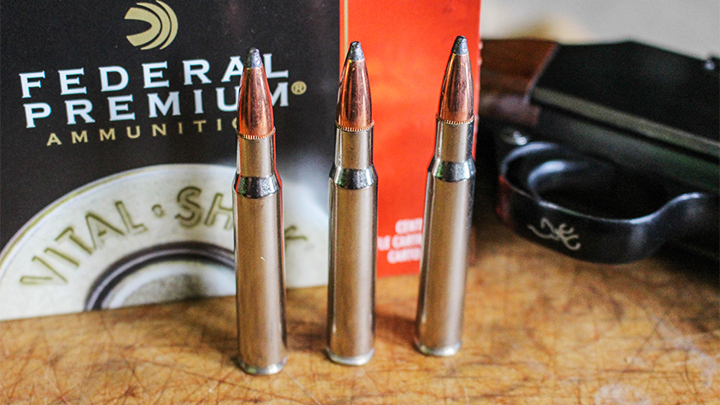
If you regularly hunt those species which tend to be taken at longer ranges—pronghorn antelope, elk and Coues deer come quickly to mind—the spitzer boattails are certainly a help in resisting the effects of wind deflection and retaining energy. But, even the boattail might not be needed at the most common hunting ranges.
And what are “common hunting ranges”? Where is the limit for the majority of us? Speaking personally, I like to stay inside of 350 yards, maybe 400 under ideal conditions. I’ve spent enough time at instructional shooting courses—like the SAAM course at the FTW Ranch in Texas—to watch the wind begin to wreak havoc at longer distances. I know many hunters and shooters who could add 150 to 200 yards to that figure, as they live in an area which allows for regular practice at those ranges, but I do not. So, to pick a nice round number, let’s limit things to 400 yards.
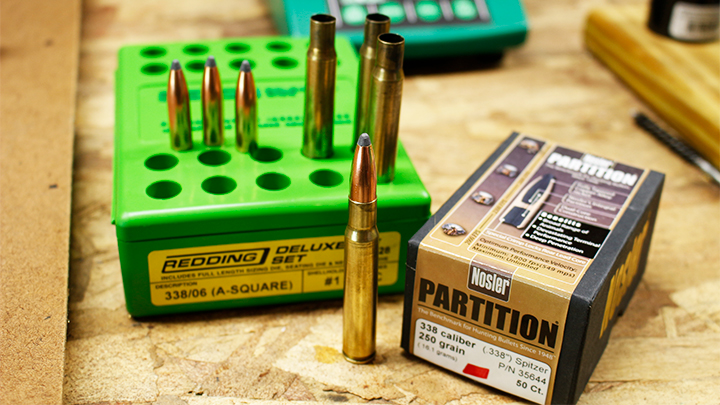
For comparative purposes, I’ll choose the popular .30-06 Springfield with three different 180-grain bullet profiles: the round-nosed (a Hornady InterLock), the flat-base spitzer (Nosler Partition) and the spitzer boattail (Federal Trophy Bonded Tip), all at a muzzle velocity of 2700 fps. All will be zeroed at 200 yards, and we’ll use a 10 mph crosswind. The round-nose will strike 2.5 inches high at 100 yards, and the other two 2.0 inches high. At 300 yards, the round-nose will hit 11.2 inches low, the spitzer 8.5 inches low and the spitzer boattail 8.4 inches low. Out at 400 yards, the round-nose drops 34.5 inches, the spitzer 24.4 inches and the spitzer boattail 23.9 inches.
Looking at wind deflection, the round-nose needs 6.4 inches of correction at 200 yards in a 10 mph wind, with the spitzer and spitzer boattail need 2.9 inches and 2.7 inches respectively. At 300, the round-nose requires 15.4 inches of compensation, the spitzer 7.0 inches and the spitzer boattail 6.6 inches. Out at 400 yards, the round-nose needs a whopping 29.7 inches of correction, the spitzer 12.9 inches and the spitzer boattail 12.0 inches of correction.
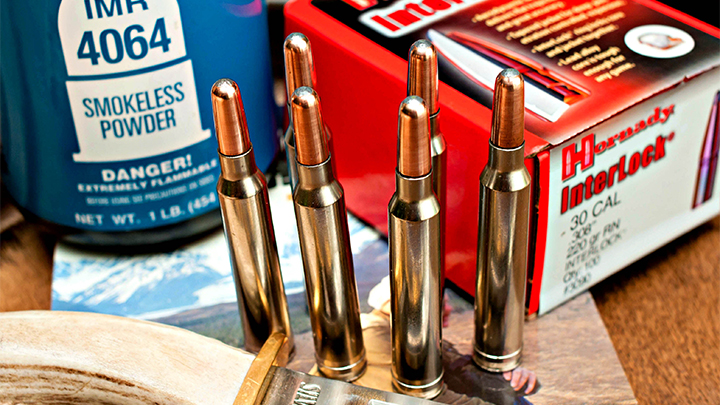
The round-nose shows its deficiency is the wind at just 200 yards, but inside of that range poses little handicap. Those bullets do have their positive attributes, including taking up less room in the case—the round-nose will be the shortest of all three of these designs—as well as the way they hit an animal; they seem to shudder when hit with a round-nose bullet. With its weight forward, the round-nose bullets seem to have the best straight-line penetration of all softpoint designs.
The flat base spitzer runs neck and neck with the spitzer boattail, staying within an inch in both trajectory and wind deflection out to 400 yards. But in the accuracy department, you may find that the flat-base bullet will “settle down,” or become stable, faster than the boattail will. In fact, more than one bullet manufacturing company has recommended that those who hunt within 300 yards use a flat-base bullet.
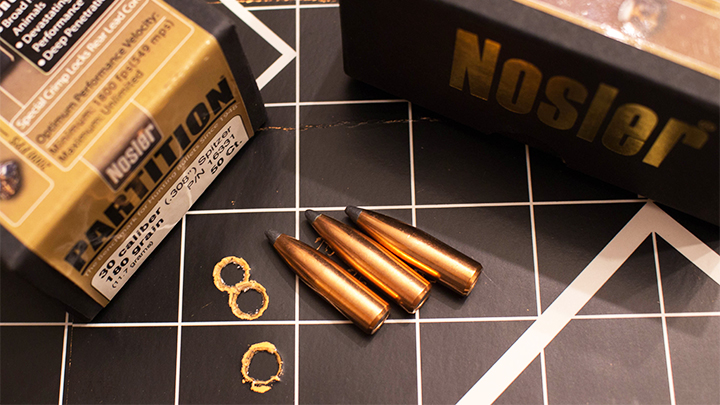
Past the 400-yard mark, I can say the spitzer boattail bullet is definitely the way to go; its shape defies atmospheric drag better than any other, and will pull away from even the flat-base spitzers. In a cup-and-core bullet design, the boattail will show a tendency to have the jacket separate from the core, but the bonded core or monometal bullets solve that issue.
Keep your hunting distances in mind, and choose the type of hunting bullet which can best serve your needs. I use a wide variety of bullet designs, doing my best to match my ammunition to the situation at hand. At common hunting ranges, the flat-based spitzer is a sound choice; should you feel there is a real chance of a truly long shot, the spitzer boattail will do the job. At ‘woods’ ranges, there is absolutely nothing wrong with a good old round-nose.
Want to read more from Philip Massaro? Check out the following articles:
• Best Shooting Rests for Hunters
• 5 Reasons to Learn How to Reload Ammunition
• Why Every Hunter Should Own a Rifle in a Common Caliber
• An Ode to the .375 H&H Magnum
• An Ode to the Winchester Model 1886
• An Ode to the Winchester Model 70
• 6 Ways to Fine-Tune Your Hunting Rifle
• Review: Heym Model 26B Double Rifle .45-70
• 5 Reasons the .300 Win. Mag. Rules the Roost
• Bolt-Action Rifles: Push-Feed vs. Controlled-Round-Feed
• Scope Magnification: How Much is Too Much?
• A Hunter's Guide to Staying Sane During the Coronavirus Outbreak
• Is Walnut Dead? Synthetic vs. Wood Stocks
• Rifles for the Traveling Hunter
• Top 5 Lever-Action Rifle Cartridges
• African Game Meat: What Happens After the Shot?
• Top 5 Underrated Deer Cartridges
• Top 5 Double Rifle Cartridges
• Deer Hunting: Were the Good Old Days Really That Good?
• Essential Gear for the Traveling Hunter
• 4 Reasons to Hate the 6.5 Creedmoor
• 4 Ways to Fine-Tune Your Rifle During the Off Season
• Review: Savage Model 110 AccuFit System
• Top 8 Bullets for African Plains Game
• Review: Tikka T3X Lite
• Top Bear Rifles and Loads
• 3 Rifle Cartridges to Hunt the World
• Why My Cartridge is Better Than Yours
• Top 5 Handgun Hunting Cartridges
• An Ode to the Ruger Model 77
• Top 5 Hunting Cartridges of the 21st Century
• Top 5 Deer Bullets for 2018
• An Ode to the .30-30 Winchester
• 5 Reasons to Book a Spring Bear Hunt
• An Ode to the Ruger Mini Thirty
• Boattail vs. Flat-Base Bullets
• How to Build a Custom Rifle
• Choosing a Cartridge for North America's Big Game
• Top 5 American-Made Hunting Rifles
• How to Choose a Buffalo Rifle
• An Ode to the .223 Remington
• Top 5 Coyote Cartridges
• The Ultimate Long-Range Hunting Cartridge
• The Greatest Whitetail Cartridge Ever Designed
• An Ode to the Browning BAR
• Top 5 Bear Bullets
• Do You Really Need a Magnum Cartridge?
• Why the Ruger No. 1 is Not No. 2
• Top 10 Mythical Game Species
• Top 5 Monometal Soft-Point Bullets
• Top 5 Subsonic .22 Long Rifle Loads
• The Most American Rifle Cartridge
• Tips for the Traveling Hunter
• How to Choose a Gun Safe
• Best Gun Cases for the Traveling Hunter
• An Ode to the .30-06 Springfield
• Top 5 Boutique Bullet Companies
• Top 5 .22 Long Rifle Loads
• 5 Reasons Round-Nose Bullets Are Still Cool
• Top 5 Dangerous Game Loads
• Top 5 Turkey Loads
• 5 Rifle Cartridges That Need to Make a Comeback
• Top 5 Safari Calibers
• 5 New Year's Resolutions for Hunters
• What Your Favorite Rifle Cartridge Says About You
• America's Most Wanted Cartridges
• America's Strangest Game Laws
• What Your Favorite Rifle Cartridge Says About You, Part II
• Top 5 Overrated Rifle Cartridges
• Top 5 Underrated Rifle Cartridges
• 5 Reasons to Handload Your Ammunition
• 5 Cartridges You Might Not Know About
• Top 5 Wildcat Cartridges
• An Ode to the Ruger Mini-14
• Top 5 Hog Loads
• Why .30-30 Winchester Will Never Die














